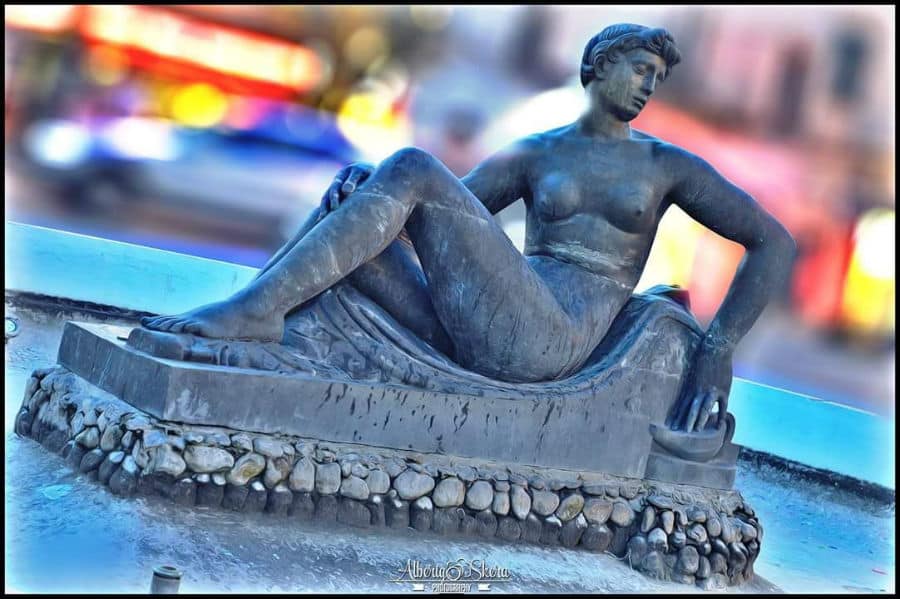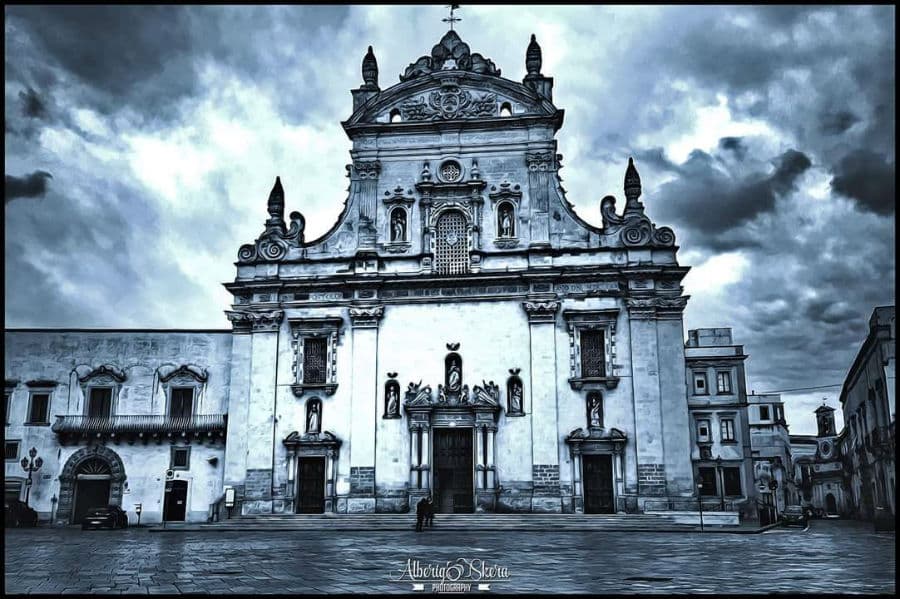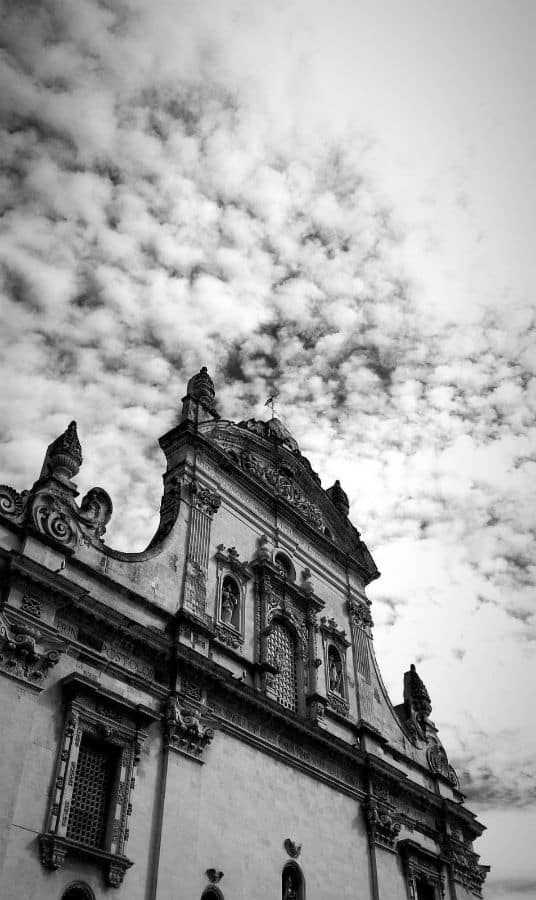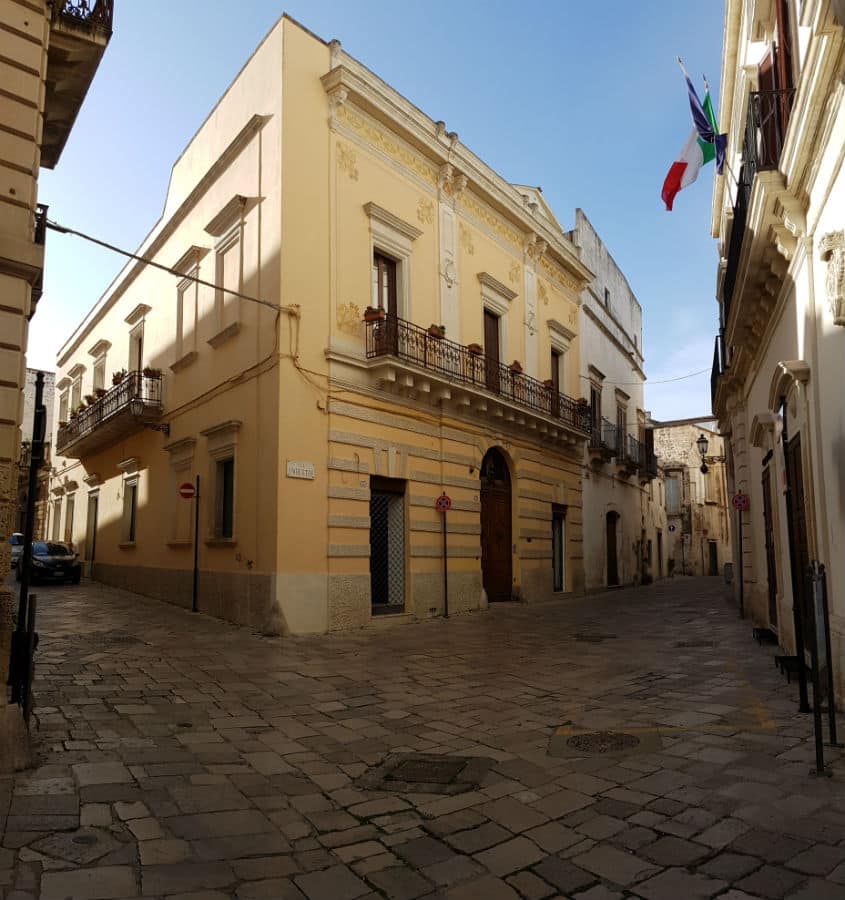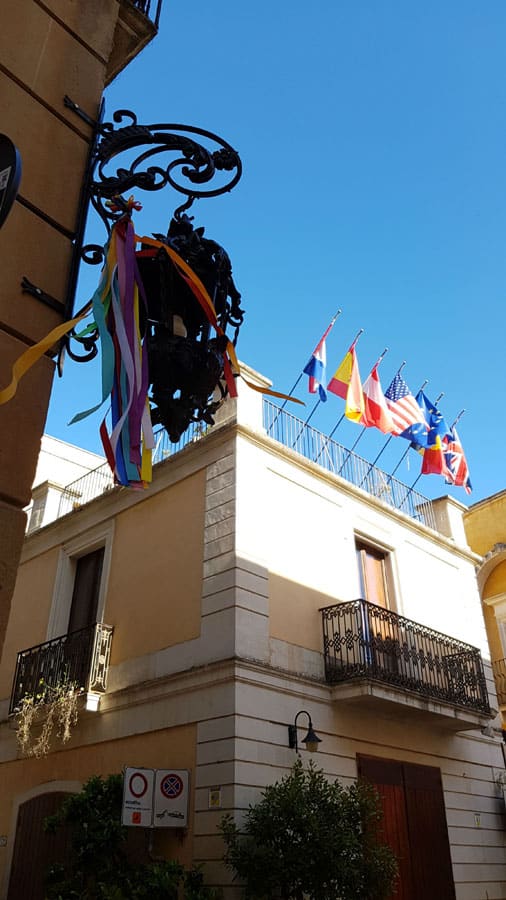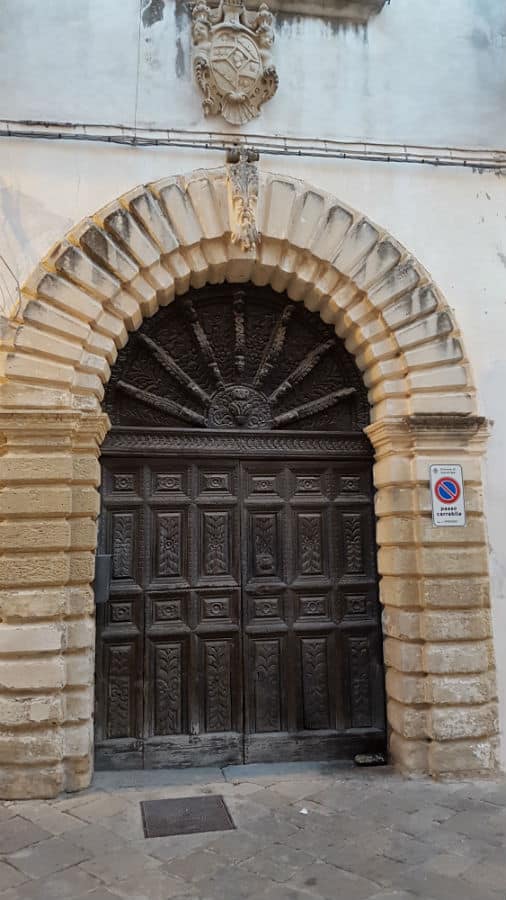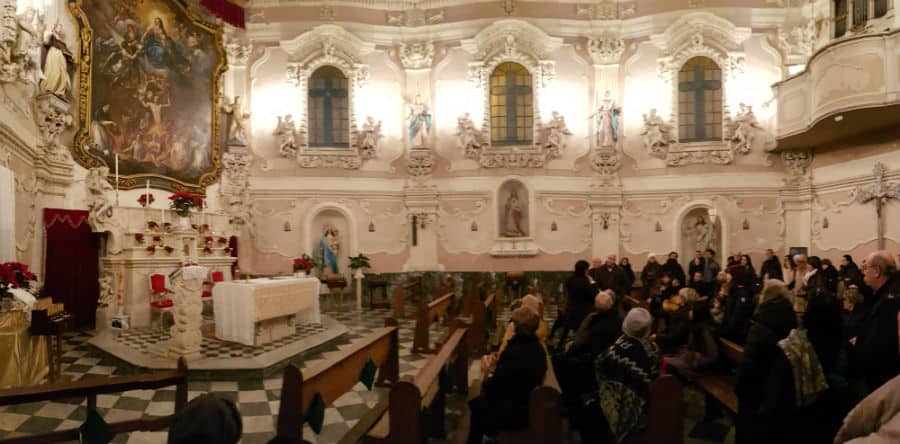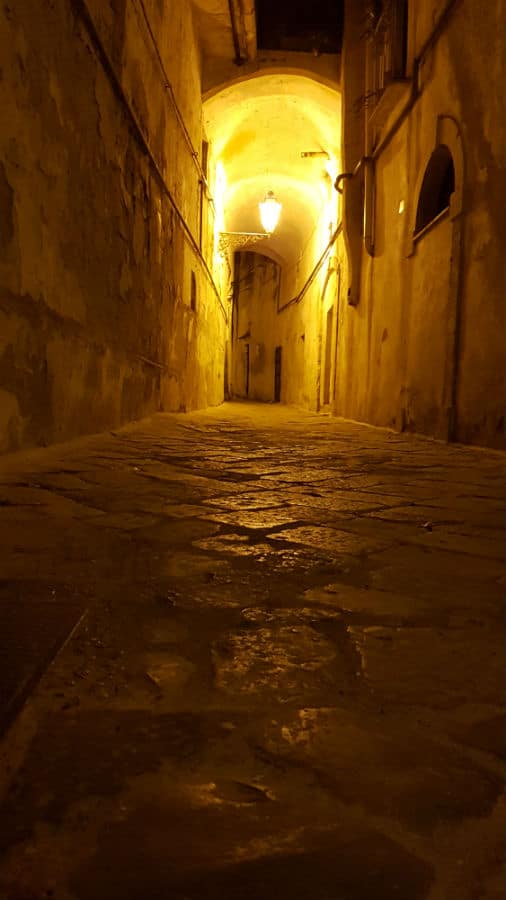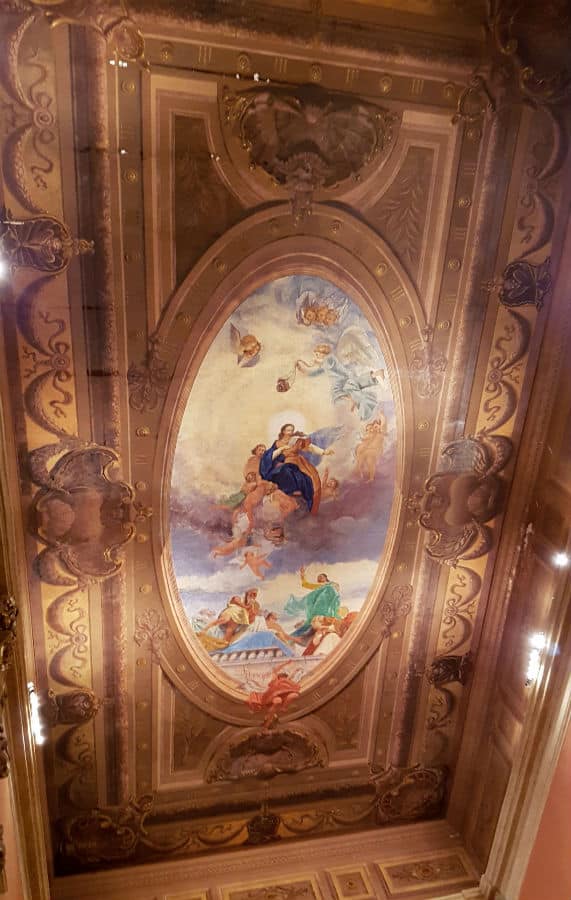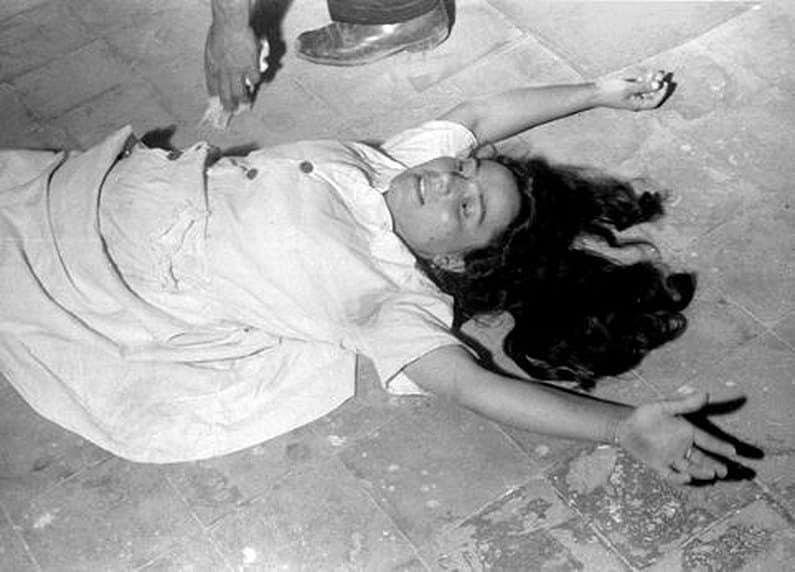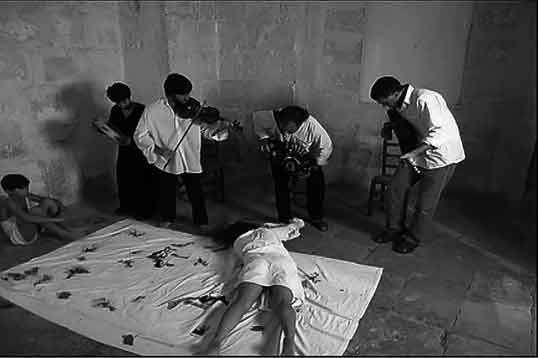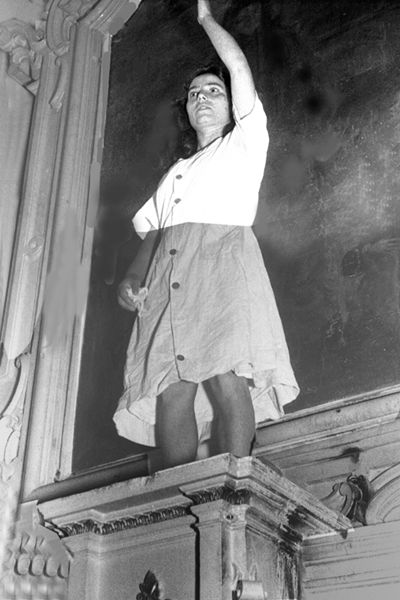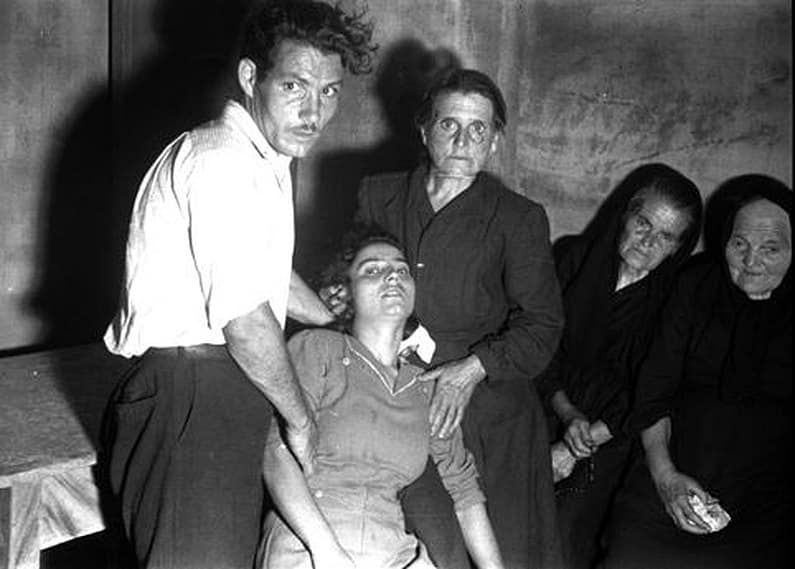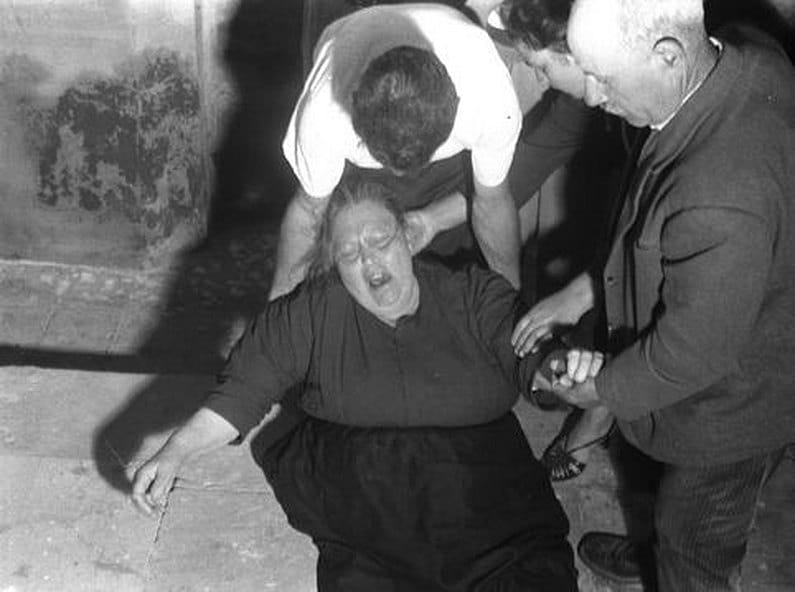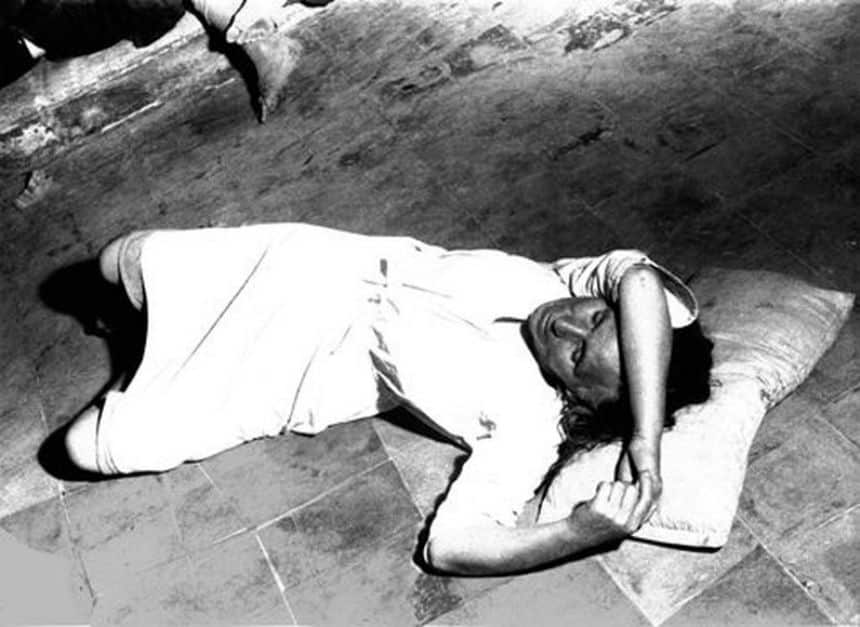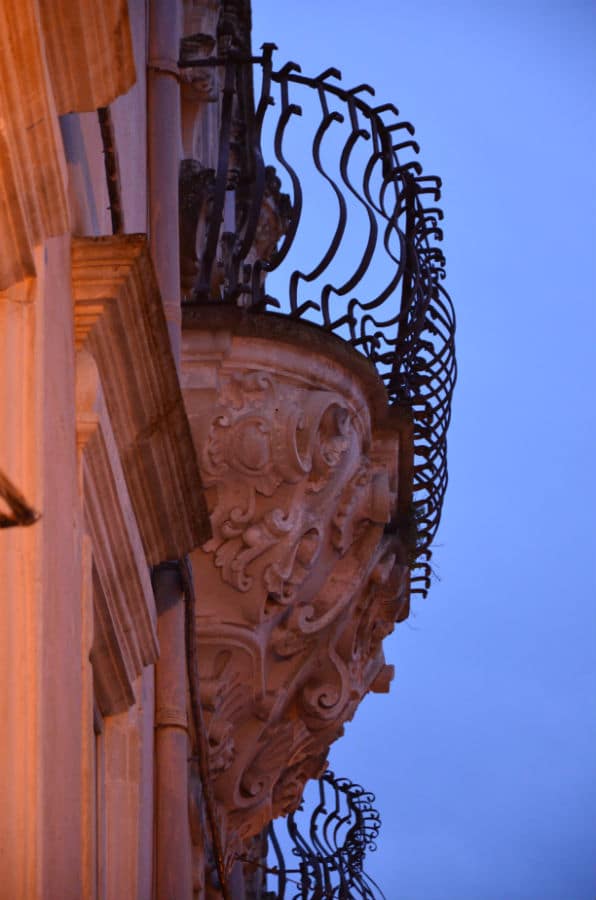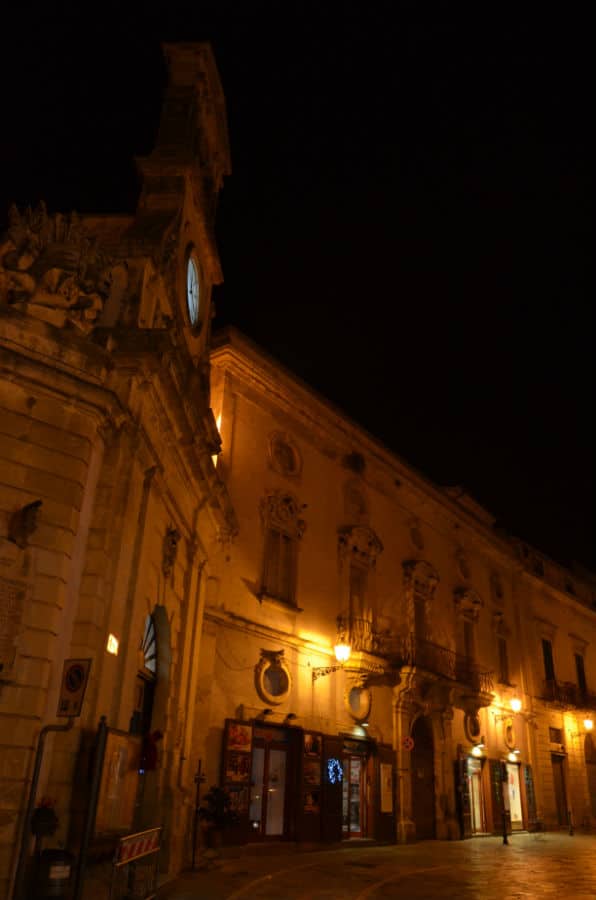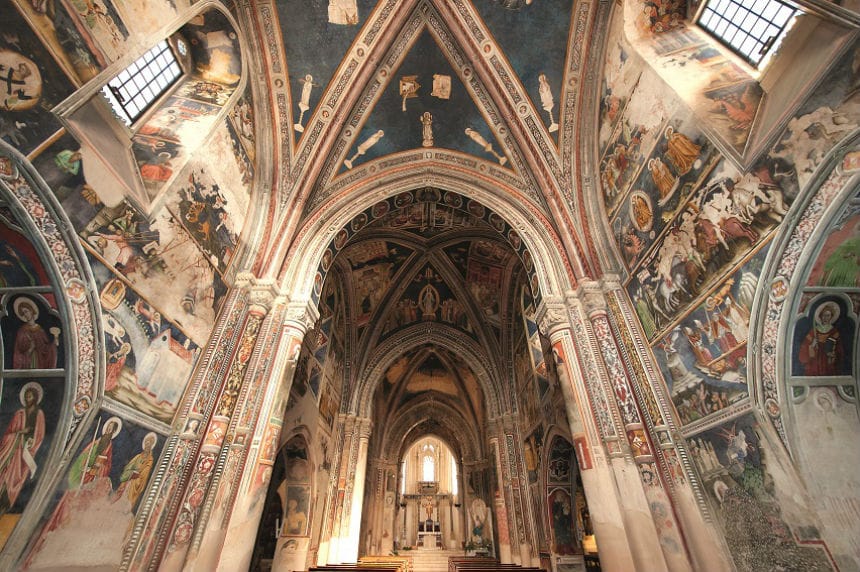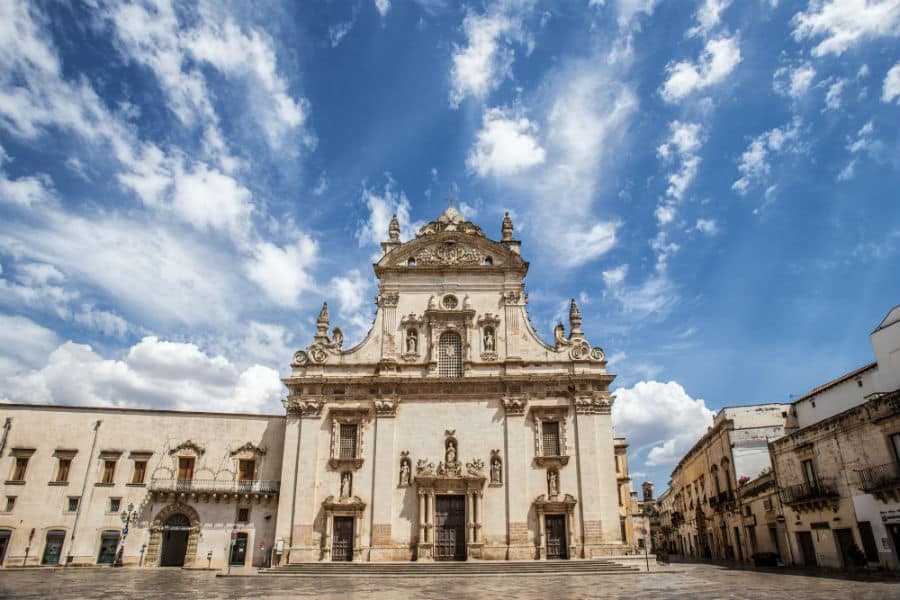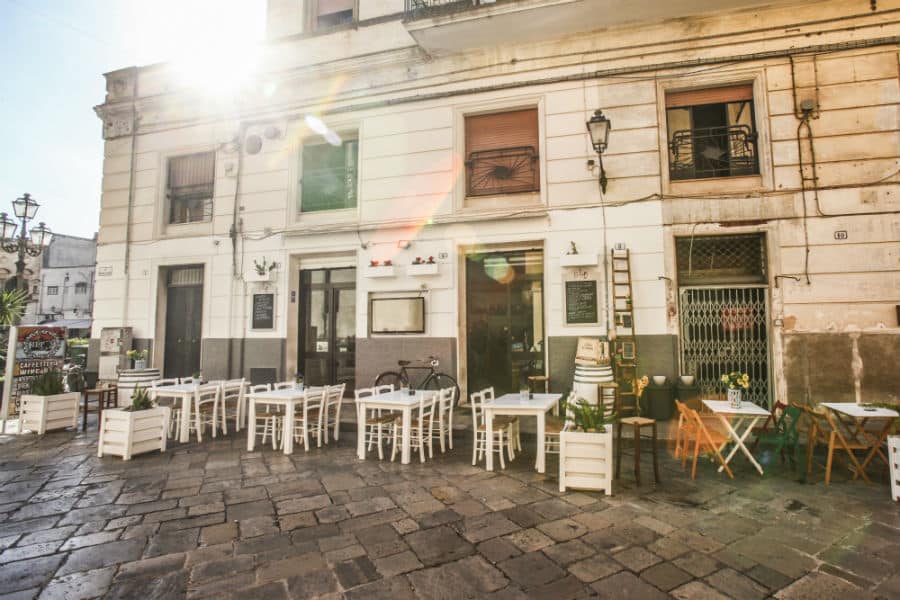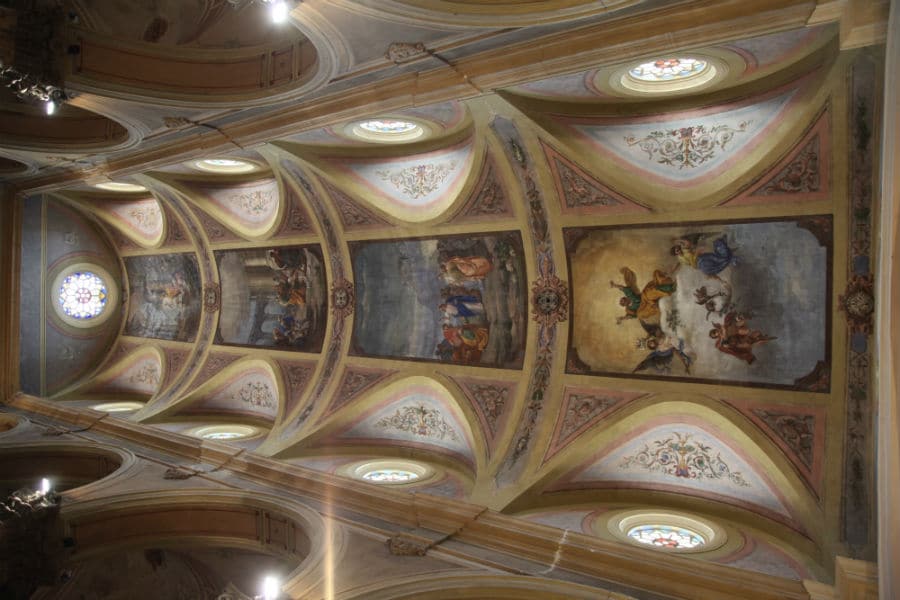The first historical document that speaks of Galatina dates back to 1178, where it is referred to as "casale Sancti Petri in Galatina". The tradition has it that the Apostle Saint Peter stopped in this place in his journey from Antioch to Rome. Only after the Unity of Italy, in 1861, the village resumed its original name. In the middle ages it was part of the county of Soleto with Ugo and Raimondo del Balzo. From these passed to his nephew Nicolò Orsini and then to his second son Raimondello. This magnificent prince vi had built in 1391 the church of Santa Caterina d'Alessandria as ex vote to be returned victorious from the Holy Land with a relic of the saint.
It was since then fixed the weekly market to Thursday, and the great Fair of cattle of Santa Caterina to fall by 25 November of each year. Both were held in Largo Fontana, today piazza Dante Alighieri, attracting visitors and cattle traders from every part of the South. Here the strangers, in nights prior to the market, could rest and quench their animals, qualify for essential services including the fountain: a large well of spring water dug in the center of the space. Death of Prince Giovanni Antonio Orsini del Balzo the city was thus enlarged to be elevated to the duchy in 1485 when it was given by the king of Naples Ferrante of Aragon to Castriota John II (in Albanian Gjon Kastrioti), son of Giorgio Castriota, said Scanderbeg, for services rendered in the battle of Otranto (1480-1481), in the war of Ferrara (1482-1484) against the Republic of Venice and in the recovery of Gallipoli in June of 1484, bloodily conquered by the Serenissima Republic.
Under the Castriota you had a cultural flowering and in addition to the birth of a court, saw the birth even the "canzoniere" of Vernaleone, whose son was a friend of Tommaso Campanella, the mystical Peter "Galatino", philosophers Zimara Marcantonio, Francesco Cavoti, sculptors Nicola Ferrando and several beard and the mysterious painter Lavinium Zappa. Date back to this period the existing doors and walls in Galatina. Of the original five doors of the city you can still admire today only Porta Nuova (north), Porta Luce (west) and Porta Cappuccini (east), nothing has remained, instead, the Porta di Santa Caterina (south) and of that which was at the mouth of piazza Dante Alighieri (Porta della Piazza).
The journey through the streets of the extraordinary urban structure of the ancient center of Galatina, erected to title of city in 1793, winds, slow, in alternating unfolding of the aristocratic residences, and urban spaces of the courts, a usable examples of urban organization and social. Both the renaissance palaces, rich in stone decorations, exuberant and plastics, that the courts make the light an element of narration, inviting the visitor to stop and look around before proceeding toward other sights and places.


